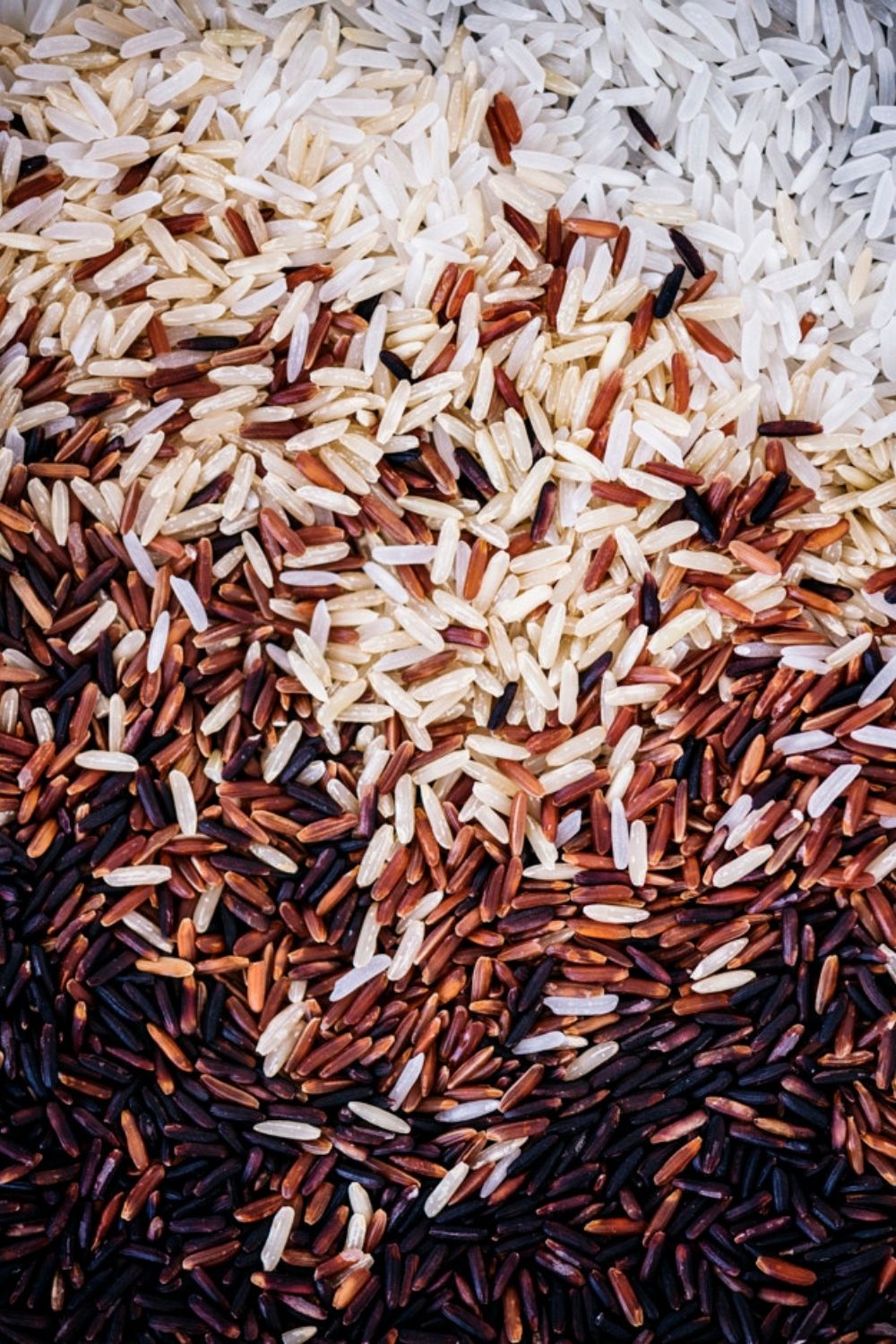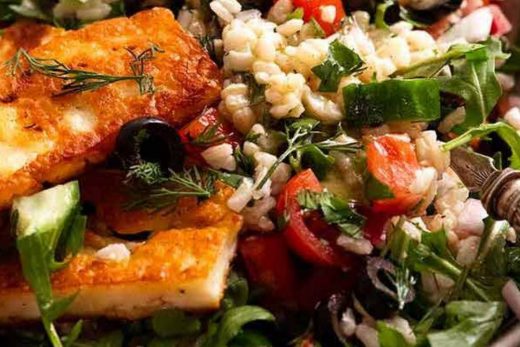As I rummaged through my pantry last spring, I found a canister of black rice that I’d forgotten about. Jack and I hadn’t been to the store in weeks. After eating our way through boxes of pasta and bags of white rice, the black rice was an exciting change.
Thanks to its nutty flavor and striking purple hue, black rice, also called forbidden rice, had been one of my favorite grains when we lived in Austin. I’d get it from the bulk bins at the grocery store, eagerly anticipating adding it to salads and bowls when I got home. I don’t know why it fell out of the rotation when we moved, but after eating it on repeat throughout the spring, summer, and fall, I’m happy to report that in our house, black rice is back for good.
What is forbidden rice?
If you’ve only cooked white rice and brown rice before, you might be wondering, “What is forbidden rice, anyway?”
It’s a fair question. This heirloom rice variety isn’t common. Compared with other types of rice, it has a low yield, so it’s not grown as much as higher-yielding, mainstream varieties. Even in ancient China, it was rare. In fact, the name “forbidden rice” comes from the fact that only the ancient Chinese royalty were allowed to eat it.





